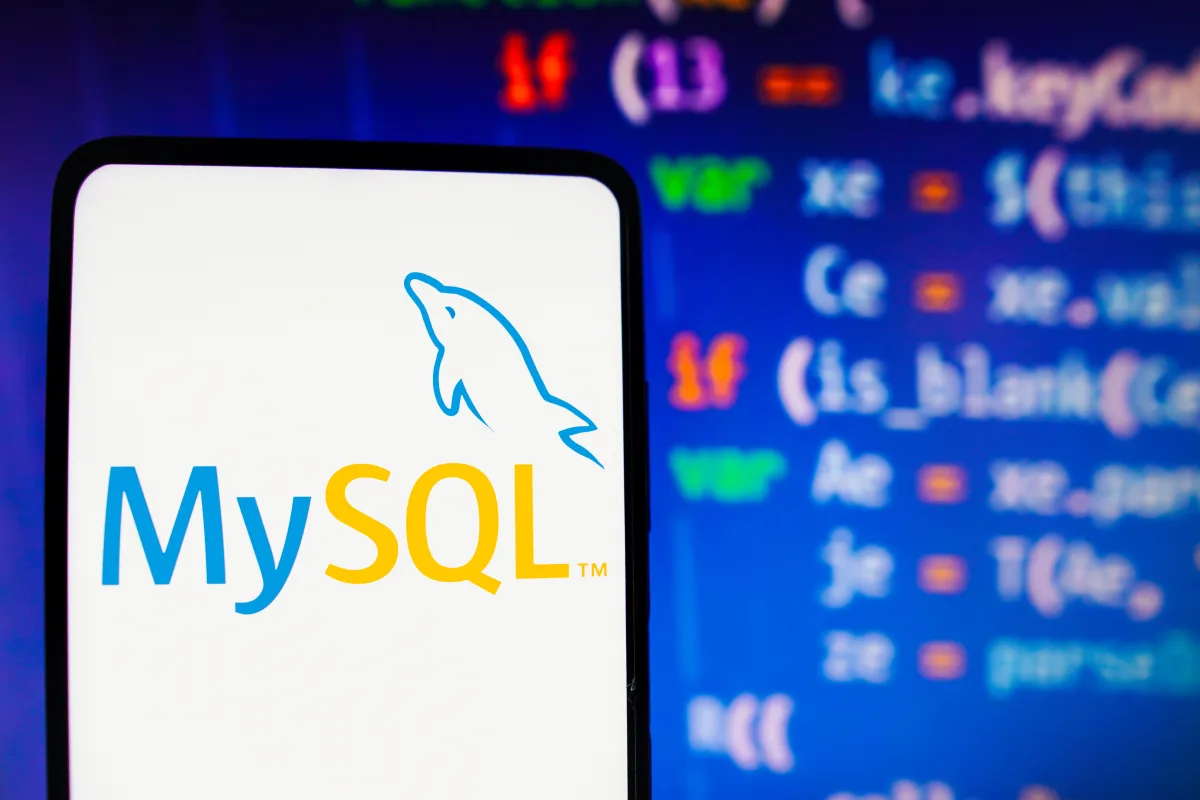The full form of MYSQL is My Structured Query Language. It is a popular open-source relational database management system (RDBMS) that is used for storing and managing data. MySQL is known for its speed, reliability, and ease of use, which makes it a popular choice for web applications, online stores, and other applications that require a database.
What is My Structured Query Language?
MySQL is a popular open-source relational database management system (RDBMS) that is used for storing and managing data. It is named after co-founder Michael Widenius’s daughter, My. The “SQL” in MySQL stands for Structured Query Language, which is the standard language for managing and manipulating databases. MySQL is known for its speed, reliability, and ease of use, which makes it a popular choice for web applications, online stores, and other applications that require a database.
Who developed My Structured Query Language?
MySQL was developed by a Swedish company called MySQL AB, which was founded by David Axmark, Allan Larsson, and Michael Widenius. It was first released in 1995 and has since become one of the most widely used database management systems in the world. In 2008, MySQL AB was acquired by Sun Microsystems, which was in turn acquired by Oracle Corporation in 2010. Oracle continues to develop and support MySQL to this day.
Why was My Structured Query Language developed ?
MySQL was developed as a database management system that would be fast, reliable, and easy to use. The founders of MySQL AB, the company that developed MySQL, saw an opportunity to create a database management system that could meet the needs of a wide range of users, from small businesses to large enterprises. They wanted to create a system that would be able to handle large amounts of data, yet be flexible enough to be used in a variety of applications. In addition, they wanted to create a system that was easy to use and would be accessible to people with a wide range of technical skills. MySQL has since become one of the most popular database management systems in the world, due in large part to its speed, reliability, and ease of use.
How does My Structured Query Language work ?
It works by storing data in tables, which are organized into rows and columns. Each table in a MySQL database represents a specific entity, such as a user or a product, and the columns in the table represent the attributes or properties of that entity.
To access and manipulate data in a MySQL database, you can use Structured Query Language (SQL), which is a standard programming language for working with databases. You can use SQL to create tables, insert data into tables, update data in tables, delete data from tables, and retrieve data from tables.
MySQL also includes a number of tools and utilities that can be used to administer and manage the database, such as tools for backing up and restoring data, optimizing performance, and monitoring the database.
Overall, MySQL works by providing a fast, reliable, and easy-to-use platform for storing and managing data in a structured manner. It is used in a wide range of applications to store and manage data, from small websites to large enterprise systems.
Uses of My Structured Query Language
Some common uses of MySQL include:
- Web Applications: MySQL is often used as the database component of a web application. It is used to store and manage data such as user information, website content, and other data.
- Online Stores: MySQL is commonly used to power online stores and e-commerce websites. It is used to store product information, customer data, and order information.
- Data Warehousing: MySQL is used to store and manage large amounts of data in data warehouses.
- Log Analysis: MySQL is often used to store and analyze log data, such as web server logs or application logs.
- Data Analysis: MySQL is used to store and analyze data for business intelligence and data analysis purposes.
- Content Management Systems: MySQL is used as the database component of many content management systems (CMS), such as WordPress and Drupal.
Features of My Structured Query Language
Some key features of MySQL include:
- Open Source: MySQL is an open-source database management system, which means that it is freely available and can be modified and distributed by anyone.
- Cross-Platform: MySQL can run on a variety of operating systems, including Linux, Windows, and MacOS.
- Scalability: MySQL is capable of handling very large amounts of data and can easily scale to meet the needs of growing applications.
- High Performance: MySQL is known for its speed and performance, making it well-suited for applications that require fast access to large amounts of data.
- Robust Security: MySQL includes a number of security features to protect data from unauthorized access, including encryption, user account management, and access controls.
- Data Types: MySQL supports a wide range of data types, including numeric, date and time, and string types.
- Indexing: MySQL supports various types of indexes, such as B-tree and hash indexes, which can be used to improve the performance of queries.
- Transactions: MySQL supports transactions, which allow multiple queries to be executed as a single unit of work.
- Replication: MySQL supports replication, which allows data to be automatically copied from one database server to another, enabling high availability and failover.
.
Functions of My Structured Query Language
Some common functions of MySQL include:
- Data Definition: MySQL can be used to define the structure of a database, including the data types and attributes of each field in a table.
- Data Manipulation: MySQL can be used to insert, update, and delete data in a database. It can also be used to retrieve data from a database using queries.
- Data Control: MySQL includes a number of features to control access to data, including user accounts, permissions, and encryption.
- Data Import and Export: MySQL can be used to import data from external sources into a database, and it can also be used to export data from a database to external file formats.
- Data Backup and Recovery: MySQL includes tools for creating backups of a database and for recovering data from a backup in case of data loss.
- Data Analysis: MySQL can be used to perform data analysis and generate reports using SQL queries and other tools.
Users of My Structured Query Language
MySQL is a popular and widely used database management system that is used by a wide range of users, including:
- Web developers: MySQL is often used as the database component of web applications.
- E-commerce businesses: MySQL is commonly used to power online stores and e-commerce websites.
- Data analysts: MySQL is used to store and analyze data for business intelligence and data analysis purposes.
- Content management system (CMS) users: MySQL is used as the database component of many CMSs, such as WordPress and Drupal.
- Small businesses: MySQL is a popular choice for small businesses due to its ease of use and low cost (since it is open-source).
- MySQL is also used by large enterprises due to its scalability and robust feature set.
Benefits of My Structured Query Language
MySQL is a popular and widely used database management system that offers a number of benefits, including:
- Open Source: MySQL is an open-source database management system, which means that it is freely available and can be modified and distributed by anyone. This makes it a cost-effective solution for a wide range of applications.
- High Performance: MySQL is known for its speed and performance, making it well-suited for applications that require fast access to large amounts of data.
- Cross-Platform: MySQL can run on a variety of operating systems, including Linux, Windows, and MacOS, which makes it a flexible solution for developers.
- Scalability: MySQL is capable of handling very large amounts of data and can easily scale to meet the needs of growing applications.
- Robust Security: MySQL includes a number of security features to protect data from unauthorized access, including encryption, user account management, and access controls.
- Widely Used: MySQL is one of the most widely used database management systems in the world, which means that it has a large user base and a wealth of online resources and support.
Limitations of My Structured Query Language
Some of the main limitations of MySQL include:
- Limited Full-Text Search Capabilities: MySQL has limited full-text search capabilities, which can make it difficult to perform complex search queries.
- No XML Data Type: MySQL does not include a native XML data type, which means that you have to store XML data as strings or use a third-party library to work with XML data.
- No Stored Procedures in MySQL Community Server: The MySQL Community Server version does not include support for stored procedures, which are used to encapsulate complex logic in the database.
- No Support for Check Constraints: MySQL does not include support for check constraints, which are used to enforce data integrity by specifying conditions that must be met for data to be inserted or updated.
- Limited support for JSON data: MySQL has limited support for JSON data, which can make it difficult to work with JSON data in MySQL.




